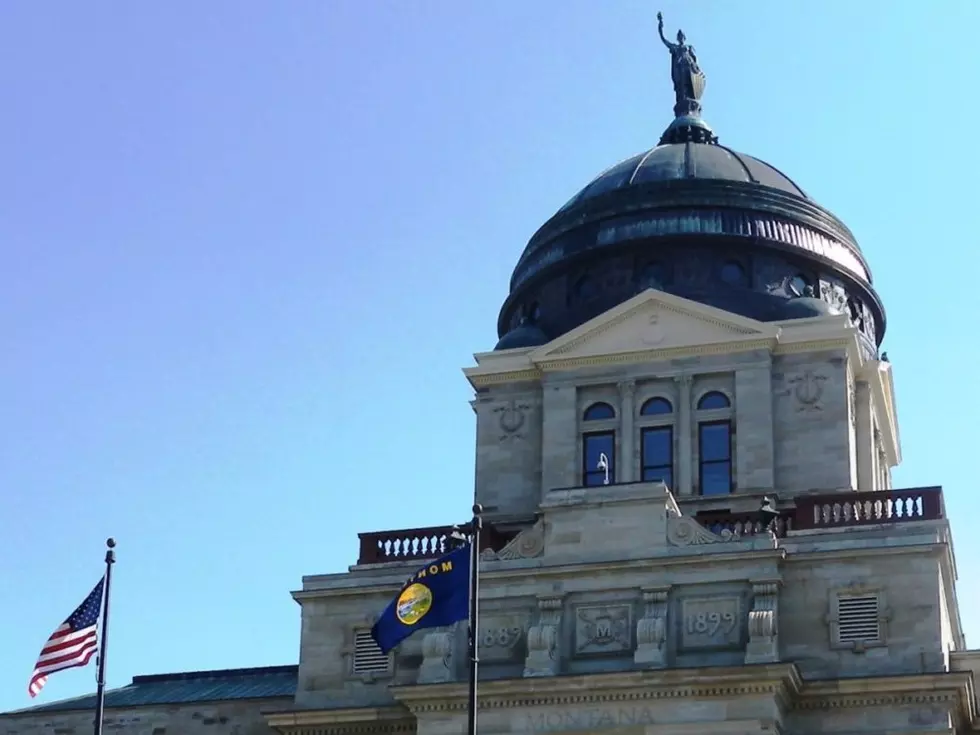
Analysts say state budget looks alright for next year, thanks to reserves
(MTFP) HELENA — State government is facing a $300 million-plus revenue cliff in the coming year as a result of the COVID-19 pandemic, legislative analysts told lawmakers last week. Regardless, it’s looking like Montana’s reserve accounts will be adequate to stave off a full-blown budget crisis through at least 2021.
“While fiscal year 2021 looks manageable, the next biennium may be more of a challenge for legislators,” said fiscal analyst Susie Lindsay.
The new projections, prepared by the nonpartisan Legislative Fiscal Division and presented to the Legislative Fiscal Committee, are part of the first public budget analysis published since the state’s deadline for 2019 income tax payments. Those payments are normally due April 15, but had an extended filing window this year as a result of the pandemic.
Earlier in the year, uncertainty over income tax collections and other revenues generated partisan bickering over whether Gov. Steve Bullock, a Democrat, should seek immediate budget reductions. In April, some Republicans called for furloughing state employees.
Bullock, facing term limits and campaigning for a U.S. Senate seat, has asked state agencies to be judicious with discretionary spending and said the state’s strong reserves would make further cuts irresponsible.
“We’re continuing to manage conservatively,” Budget Director Tom Livers said Wednesday.
The new analysis indicates the state has more than half a billion dollars in reserves. In addition to $452 million in the state’s general fund, which is $350 million above its required minimum balance, Montana has $118 million in its rainy day account and $55 million in its firefighting fund. That makes for a total of $523 million available to cushion pandemic-afflicted revenues in the coming years.
However, it’s an open question how quickly state revenues will rebound from the pandemic as individual Montanans and businesses earn less and pay less in income taxes, the state’s most important source of funding. Legislative analysts cautioned that it’s impossible to know exactly how the pandemic will play out in the coming months and years, but said they expect Montana’s 2021 general fund revenues to come in $375 million below the projection lawmakers used to craft the current state budget.
Even though the analysts expect general fund revenues to rebound in 2022 and 2023, they said the state is also likely to spend more than it collects through that biennium. Assuming a modest 2% annual increase in state spending, they project a $610 million budget hole over the next three years.
If patching up the budget is necessary, the job will likely fall to the 2021 Montana Legislature and the state’s next governor, to be elected by voters in November
Rep. Kim Dudik, D-Missoula, said at Wednesday’s hearing that she’d like lawmakers to consider revenue-side strategies like assessing higher property taxes on second-home owners or raising income taxes on Montanans who make more than $400,000 a year. That pitch failed to attract any audible enthusiasm from Dudik’s Republican colleagues.
“There are a number of us in the Legislature who don’t believe this is the time to raise taxes on anyone, during these uncertain times,” said Speaker of the House Greg Hertz, R-Polson.
Also at play in the state budget picture is the possibility that the federal government could bail out Montana and other states facing COVID-caused budget crunches, either by allocating new relief funds or letting states buttress their budgets with some of the money they were given previously under the March Coronavirus Aid, Relief, and Economic Security, or CARES, Act.
The legislative analysts did note that Montana has already been helped by other provisions in federal relief bills. During the course of the pandemic, for example, the federal government is paying for a greater share of Montana’s Medicaid program, which is split between state and federal dollars. That change has saved the state $31.4 million.
